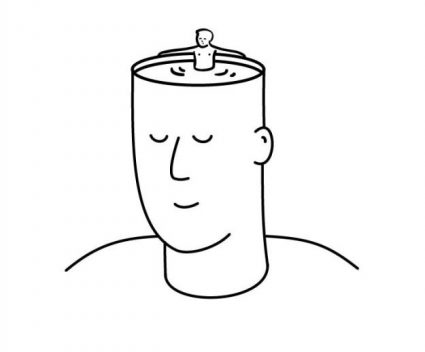
Behavioural science is fascinating. Understanding some of the fundamentals of human decision-making will give you far more control over successful outcomes of personal and professional goals than you might have ever expected. But how do you turn this science into practice? This is a blog series highlighting the best insights from behavioural science translated into how to make them work for you daily. Behavioural science applied. To help you make better decisions that will help you improve your wellbeing, work and society. This is part 1 of this applied behavioural science series: the power of chunking. Or, How to improve your capability to remember and learn.
 Behavioural science: The power of chunking
Behavioural science: The power of chunking
One thing we all want more of in life is simplicity. In fact, mostly, our brain loves simplicity. We all have a very ingenious decision-making system in between our ears that helps us make decisions with as little effort as possible. Even now, your brain is continuously working hard for you to do as little thinking as possible. Most of the choices we make are based on automatic shortcuts. To save brain bandwidth for the decisions, we do have to contemplate rationally.
This so-called two systems thinking, that was discovered by Kahneman and Tversky, is actually a lifesaver if you imagine an average person is making 35.000 choices a day. Varying from minor decisions, such as should I step to the right? To decisions that have a greater impact, such as should I hire this person? Making all these decisions consciously would go beyond our cognitive abilities, so we need our subconscious mind.
But the truth is, sometimes we want to be consciously aware and remember things. We want to have the capability to learn, for instance. And well, you need some conscious awareness for that. That’s where the technique of chunking can help you out. In Behavioural Design, a very important notion is the fact you can boost desired behaviour if you make the behaviour easier to perform. In our SUE | SWAC Tool©, this is referred to as your capability (can you perform the desired behaviour).
So, let’s get back to learning and remembering. How can we make it easier for you to learn and remember? If you take the way our brain operates as a starting point, we need to start at the notion that our brain loves simplicity. By chunking or grouping separate pieces of information into chunks, this is exactly what you will be doing. Let me give you an example. Read these three sentences once and then say them out loud by heart:
Remember far is to information easier
Pieces is divided into up it if
Our logical are head that patterns in
Quite hard, right? Now, try these three sentences:
Information is far easier to remember
If it is divided up into pieces
That are logical patterns in our head
I bet; this time it was no problem at all. Fact is, it was exactly the same information only represented in another way.
Our brain is a pattern-making machine, as soon as we can discover patterns it is much easier to make decisions or to remember things.
I read this very interesting book by David Epstein called Range. In one of the first chapters, he dives into what makes up for a savant. Those chess players or piano virtuosos that stun everyone from the age of 3 with their talent. You probably have heard of the 10.000-hour rule: you need to practice something for 10.000 hours to become really good at it. Only that way you can reach the savant or elite level.
Kahneman and Klein found this only holds true for domains that are characterized by predictable patterns and logic. Like playing golf, playing classical music or a game of chess: ‘There are rules, and boundaries and patterns repeat over and over, feedback is extremely accurate and usually very rapid’. Now, you probably don’t have the ambition or are a tat late age-wise, to become a savant, but still, something very interesting was discovered with savants that can be relevant to you and it has everything to do with chunking; The plot thickens George Villiers would say.
Want to learn how to apply behavioural science in practice?
Then the Fundamentals Course is perfect for you! You'll catch up on the latest behavioural science insights and will be handed tools and templates to translate these to your daily work right away. Learning by doing. We have created a brochure that explains all the ins and outs of the Fundamentals Course; feel free to download it here.
Change in perception: you don’t need 10.000 hours.
It was often thought that next to the 10.000 hours of repetitive exercise, savants had another characteristic. Savants must have a photographic memory. A logical conclusion if you witness young children who play symphonies by heart or four-year-olds that beat chess players ten times their age with impressive high-pace gameplays. But the truth is, savants in the predictable domains are masters at chunking.
Several savants were put to the test by different researches. Epstein refers to an experiment National Geographic TV did with Susan Polgar, the world’s first female chess grandmaster; they printed a mid-game chess play with 28 pieces on the side of a truck. Susan glanced at the truck and then recreated the game flawlessly. When they printed a random play with fewer chess pieces on the truck, she could barely recreate the play. It lacked existing chess patterns.
Chess players don’t have photographic memories and remember every single chess piece; they chunk meaningful pieces together that form familiar patterns.
Chunking may seem like magic, but it comes from the patterns savants have locked into their memory in those 10.000-hour repetitive study. Interested to know more about how to optimise your learning experience? Here’s were you can read sone more on spaced repetition. A variety of chunking applied to learning.
Chunking is all about presenting information in a way that it is easier to process for people.
So, the good news is: you don’t need a photographic memory to remember things. Better news still, you don’t need to put in 10.000 hours to be a chunking master. The world we live in is often far less familiar and predictable than golf, chess or classical music. ‘Our rules of the game are often unclear or incomplete, there may or may not be repetitive patterns, and they may not be obvious, and feedback is often delayed, inaccurate or both’. So, focusing for 10.000 hours on patterns in daily life is less relevant.
Chunking can help people make sense of the complex world they live in.
You can use chunking to help someone make sense of what you are offering them or what you want them to do. But chunking is more than just providing someone with a logical pattern. If you chunk information or to do’s or goals, you are breaking-up a larger whole. Chess players don’t remember a whole game strategy; they remember parts of the tactics. So, when looking at behaviour:
Chunking can work as a way to break-up a harder to perform behaviour into smaller, manageable steps.
How to change habits using chunking
Some practical examples that may help you boost your sales, change the attitude in consumer behaviour or effectively design a customer experience or user experience. Let me start by telling you how to change habits using chunking: If you want someone to quit smoking, a sticky habit, that CAN be very difficult to change.
You can make it simpler by breaking up the quit-smoking-behaviour behaviour into chunks. The NHS has introduced a perfect example of this thinking. They help people stop smoking by not by focussing on quitting smoking at once but by helping someone step-by-step. First, you can apply for a free ‘stop smoking kit’. It contains things like nicotine patches and a squeezy toy to give you something in hand to replace your cigarette. But they guide you towards the end-goal of quitting smoking easily. By for example, first sticking on the patches and sending you motivational emails.

If you break down a goal into smaller steps, people feel more confident that they can reach the end-goal.
Therefore, chunking is also very effective in helping someone reach their goals. But also consider using chunking if you are trying to achieve a goal. Don’t focus on running the marathon at once, but start at 1K, 5K, 10K. You will get there in the end (and if not, running is just not your thing which I can relate to completely but that’s a different story).
How to improve sales conversion using chunking
Let’s check out some more examples of companies who do a good job adding chunking to their offering and who combine this technique from behavioural economics in marketing or advertising. The first example is the blogging platform Ghost which shows that chunking may help you improve your sales conversion and get you more online sales. Maybe you have ever heard of the ‘aha moment’ describing that point that people start to get value from a product and keep on using it. Ghost introduced a simple five-step process to guide users to the essential steps to get value out of the platform. These steps are laid out for users, and they see a satisfying green check mark and a strikethrough for tasks they’ve completed.
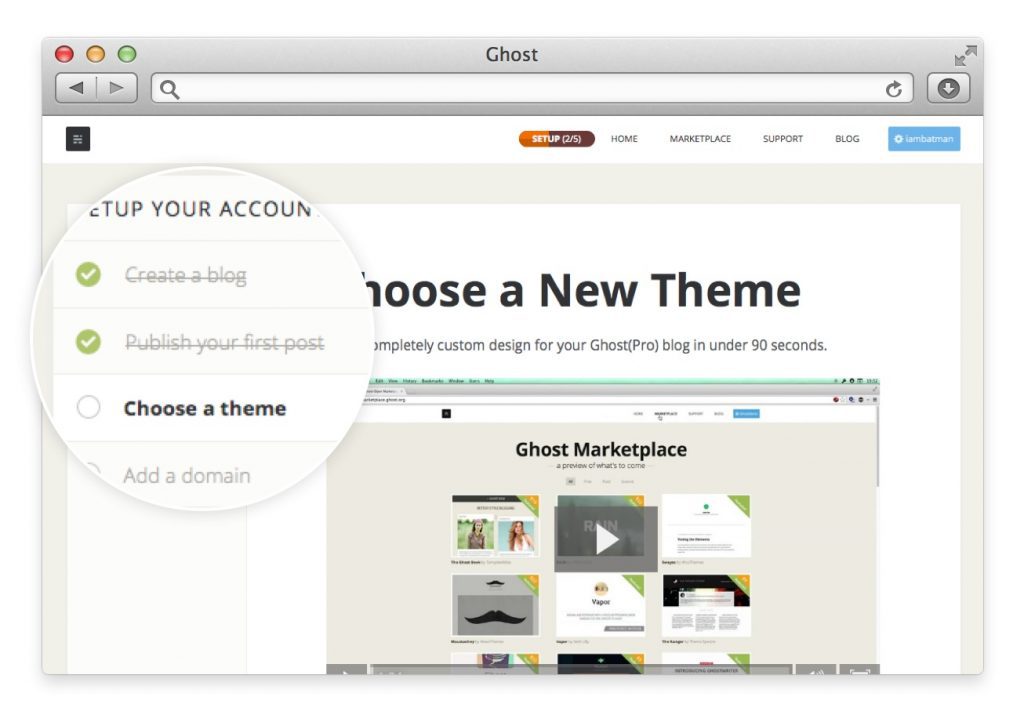
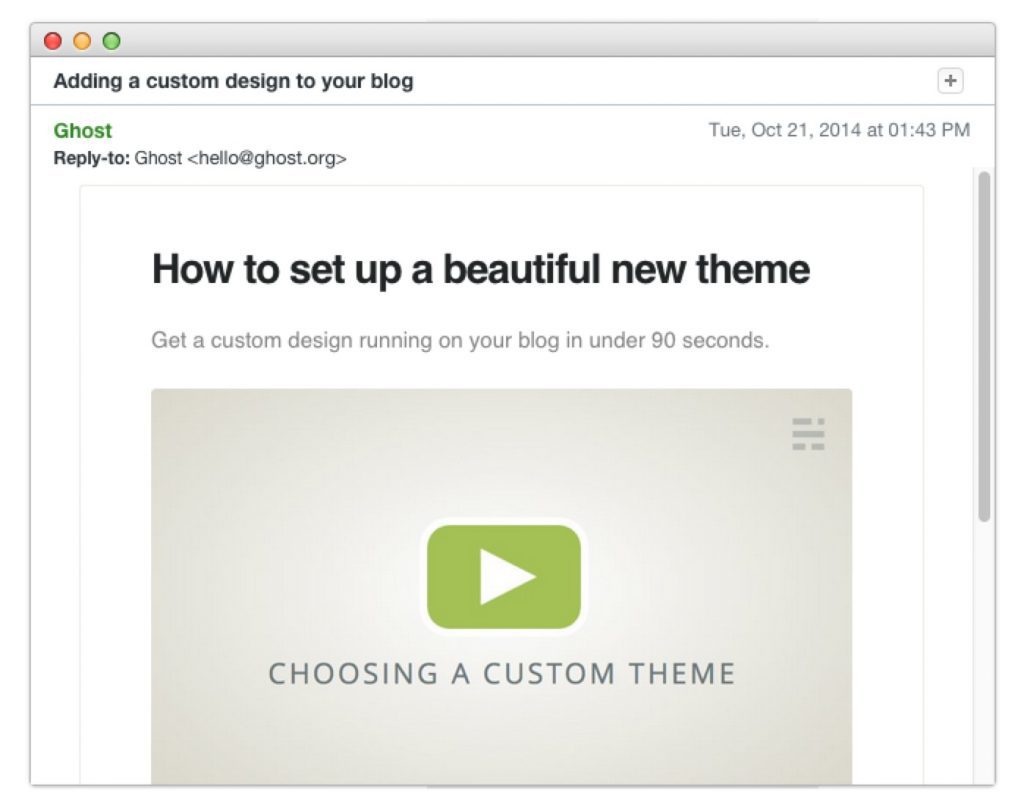
These emails gave clear guidance on how to finish the step. Eventually, they were able to boost the efficiency of their conversion rates with 370%, only by chunking the behaviour into smaller steps and guiding people through them.
How to shape behaviour using chunking
Another company who helps people develop good financial behaviour by chunking tasks is HelloWallet. They do this via a weekly Sunday email that contains just one small manageable financial task for users to focus on – perhaps merely setting up a holiday savings fund, and no more. HelloWallet points out that it takes just three minutes to set up, and by dividing up savings behaviour into smaller weekly chunks, people begin to develop better financial habits and are more likely to meet their goals. HelloWallet’s research shows that success in these small tasks builds people’s confidence and make them feel more able to tackle their finances.
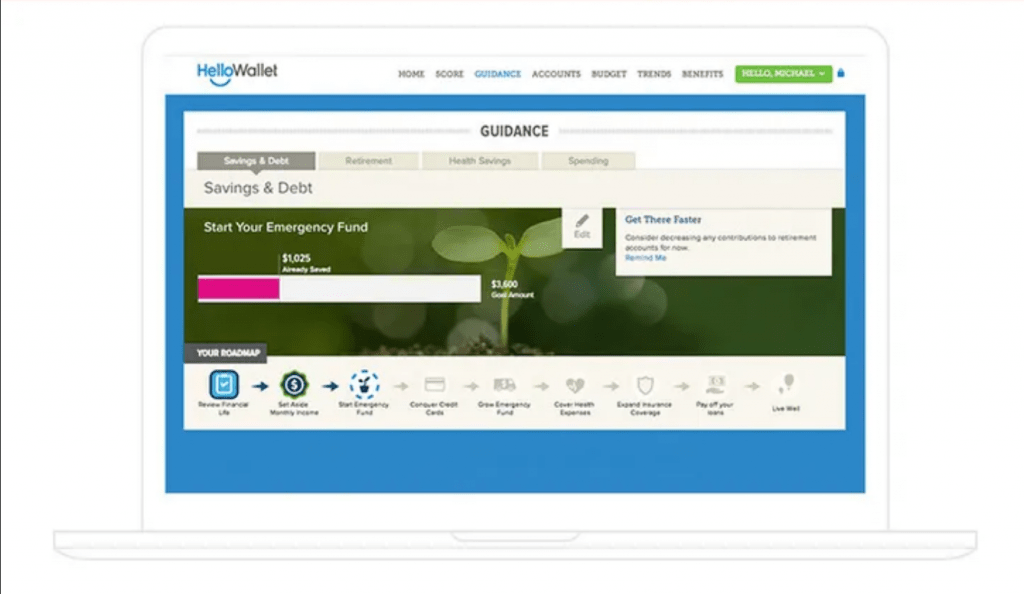
How chunking helps us remember things top of mind
Another upside of chunking is that our capability to receive and retain information improves.
You probably have experienced it yourself: have you ever better remembered a phone number by chucking it? For instance, the SUE | Behavioural Design phone number is (+31)202234626. But I remember it by chunking it: 223 4626 (the country and area code are in my automatic brain already so I don’t have to chunk those). This is why our phone number is also displayed in chunks on our website: To make it easier for visitors to remember it.
Why chunking works psychologically is that the chunks are seen as one ‘unit’ of information.
So, instead of remembering all separate digits, I just have to remember four chunks. Making the cognitive steps smaller. There now maybe is a question that comes to your mind. Is there anything known about the optimal number of chunks? Well, this has been researched. Early behavioural research revealed that humans best recall seven pieces of information plus or minus two. However, more recent studies show that chunking is most effective when four to six chunks (or steps) are created.
Conclusion: chunking is applied behavioural design
To conclude, chunking is a practical user-centred design approach that helps people to make hard behaviour easier to do.
By limiting steps or units of information, someone has to do or remember you help them lower their cognitive needs. At the same time, you boost their confidence, memory and capability to perform the desired behaviour. How’s that for making behavioural economics work in practice? Not bad, not bad at all.
Astrid Groenewegen
Co-founder SUE | Behavioural Design
Resources (in order of appearance):
- Epstein, David (2019). Range. How generalists triumph in a specialized world. MacMillan.
- Kahneman, D., & Klein, G. (2009). Conditions for intuitive expertise: A failure to disagree. American Psychologist, 64(6), 515–526.
- https://quitnow.smokefree.nhs.uk/
- https://ghost.org/changelog/ghost-onboarding
- www.mixergy.com, Andrew Warner “Interview: HelloWallet: 0 to 300,000 Paid Subscribers In 5 Months – with Matt Fellowes”, 29th November 2011; http://hrpost.hellowallet.com/engagement/webinar-recording-tips-for-effective-employee-emails/
- Mathy, F., & Feldman, J. (2012). What’s magic about magic numbers? Chunking and data compression in short-term memory. Cognition, 122(3), 346-362.
- Miller, G. A. (1956). The magical number seven, plus or minus two: Some limits on our capacity for processing information. Psychological Review, 63(2), 81-97.
BONUS: free ebook 'How to Convince Someone who Believes the Exact Opposite?'
Especially for you we've created a free eBook 'How to Convince Someone who Believes the Exact Opposite?'. For you to keep at hand, so you can start using the insights from this blog post whenever you want—it is a little gift from us to you.
How do you do. Our name is SUE.
Do you want to learn more?
Suppose you want to learn more about how influence works. In that case, you might want to consider joining our Behavioural Design Academy, our officially accredited educational institution that already trained 2500+ people from 45+ countries in applied Behavioural Design. Or book an in-company training or one-day workshop for your team. In our top-notch training, we teach the Behavioural Design Method© and the Influence Framework©. Two powerful tools to make behavioural change happen in practice.
You can also hire SUE to help you to bring an innovative perspective on your product, service, policy or marketing. In a Behavioural Design Sprint, we help you shape choice and desired behaviours using a mix of behavioural psychology and creativity.
You can download the Behavioural Design Fundamentals Course brochure, contact us here or subscribe to our Behavioural Design Digest. This is our weekly newsletter in which we deconstruct how influence works in work, life and society.
Or maybe, you’re just curious about SUE | Behavioural Design. Here’s where you can read our backstory.







 Why chunking works psychologically is that the chunks are seen as one ‘unit’ of information.
Why chunking works psychologically is that the chunks are seen as one ‘unit’ of information.

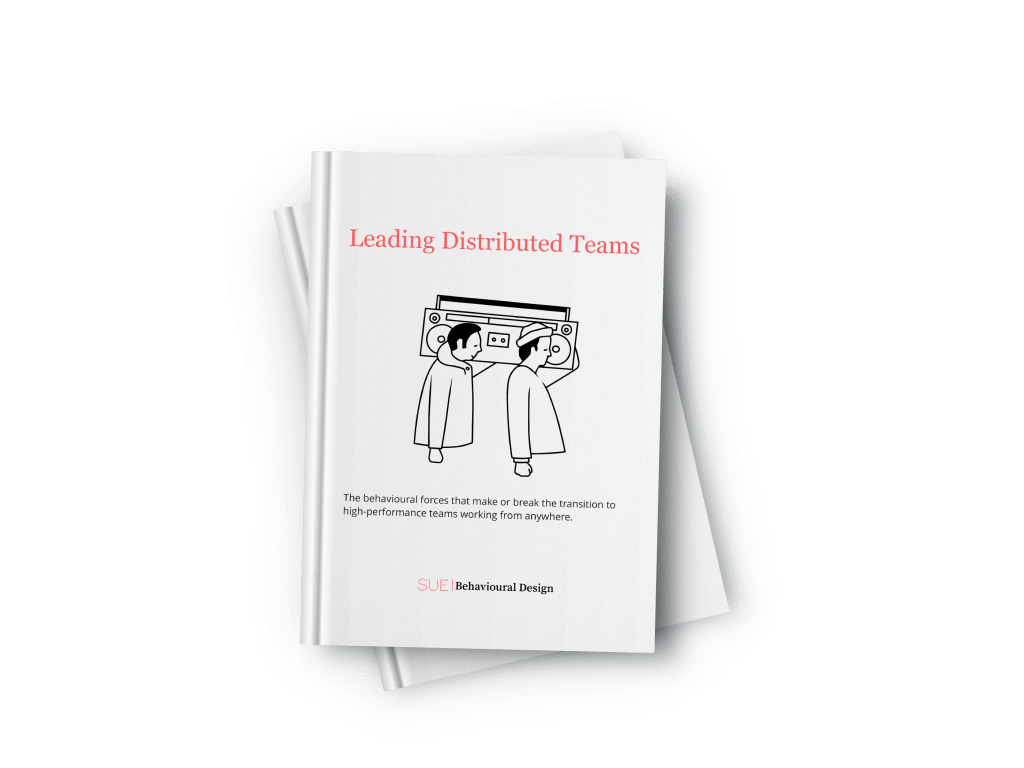
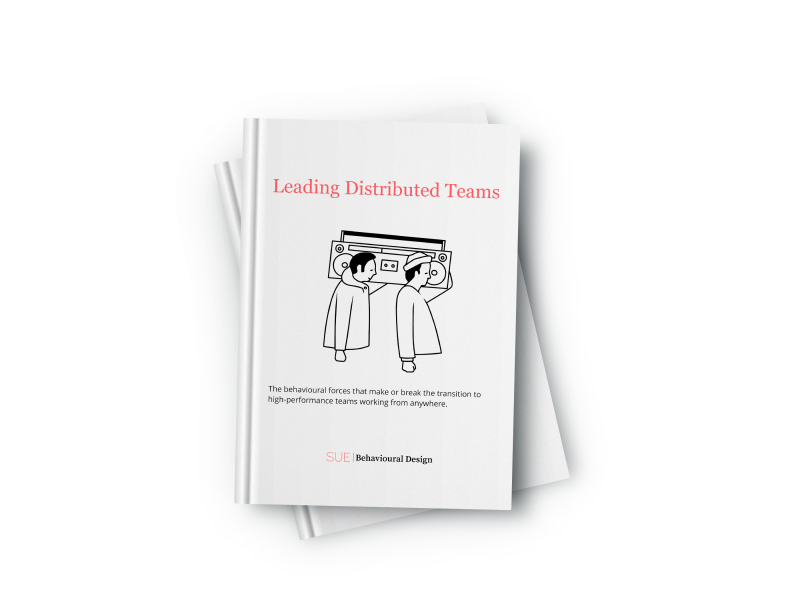
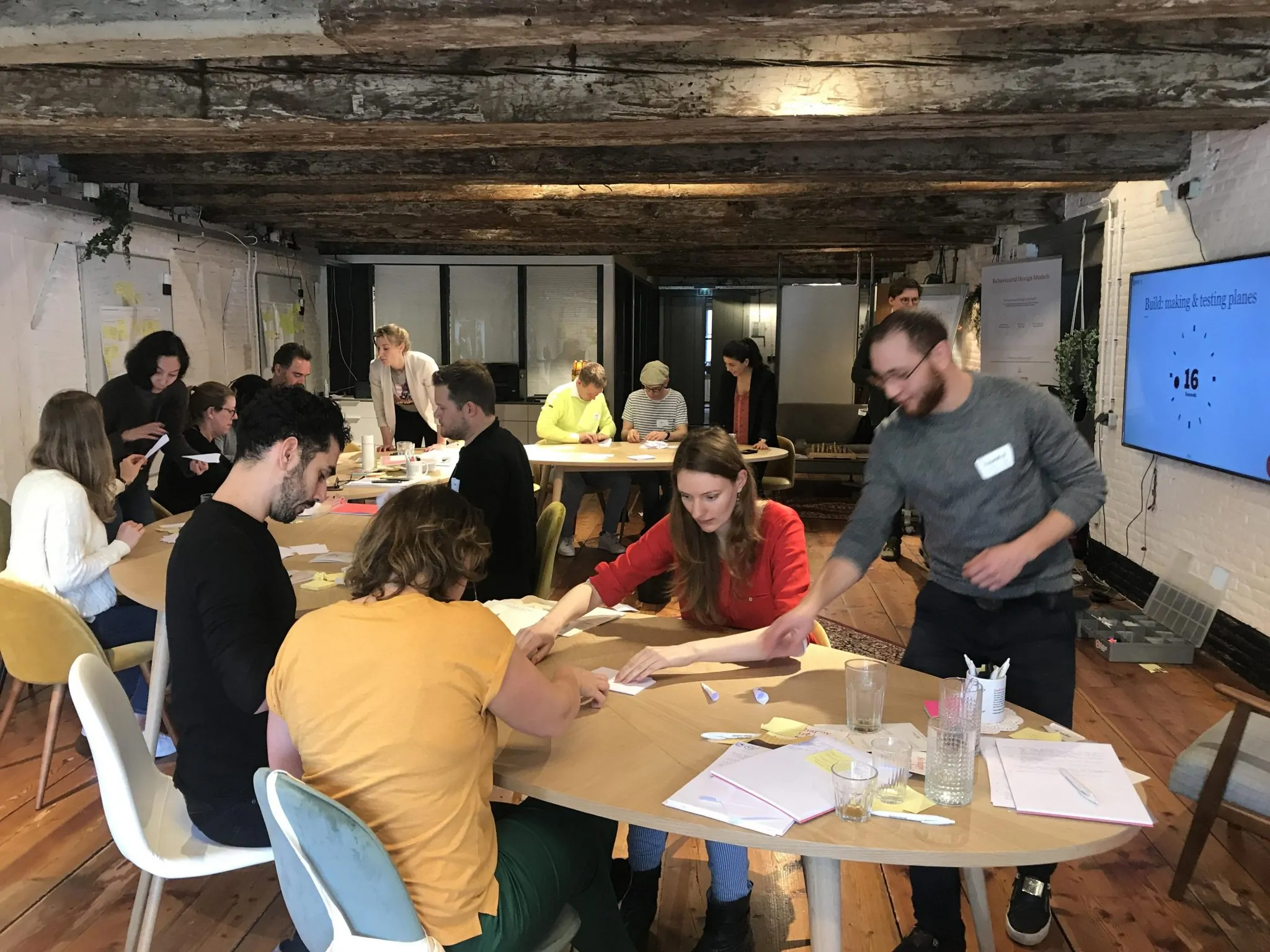
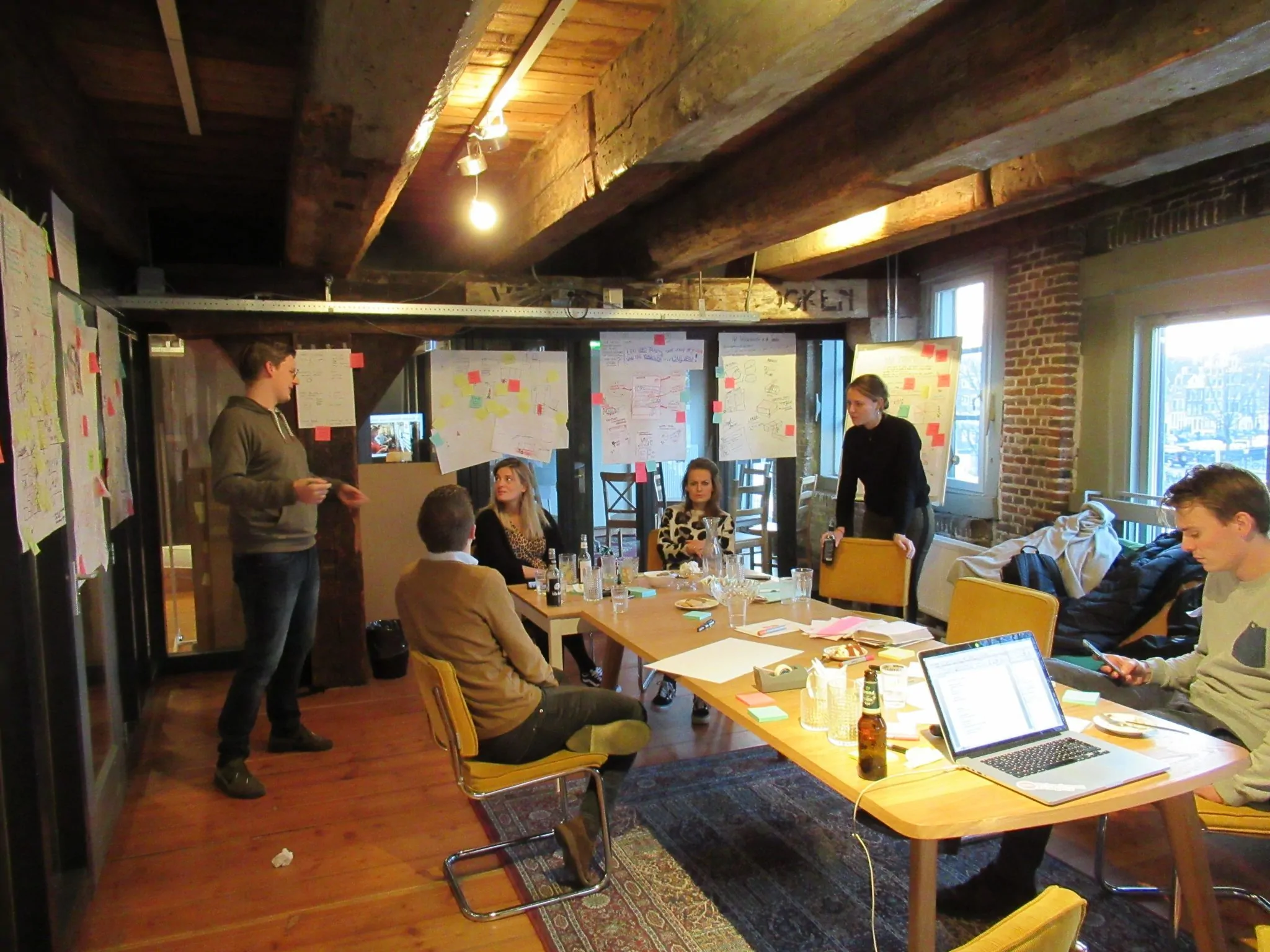
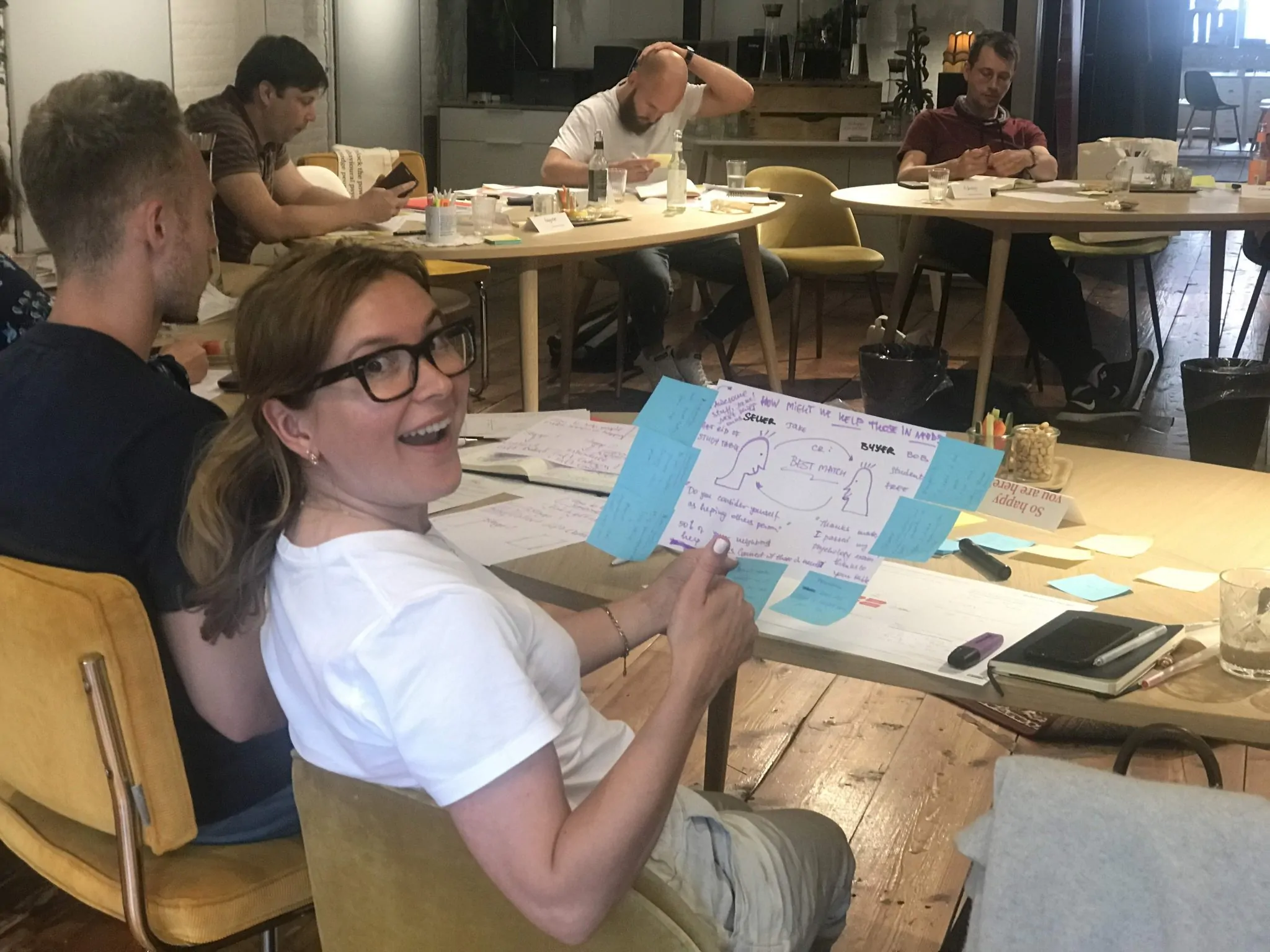
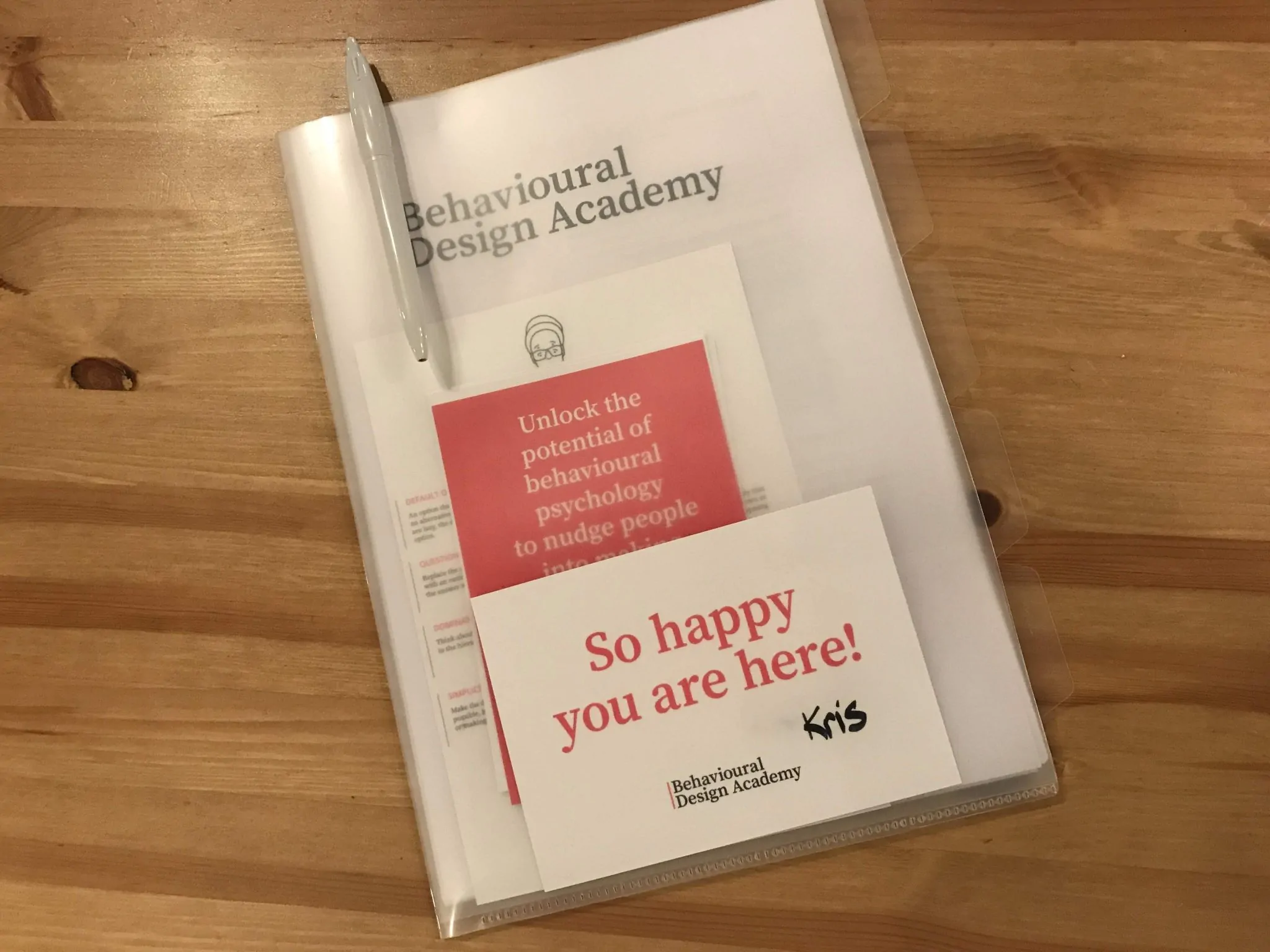
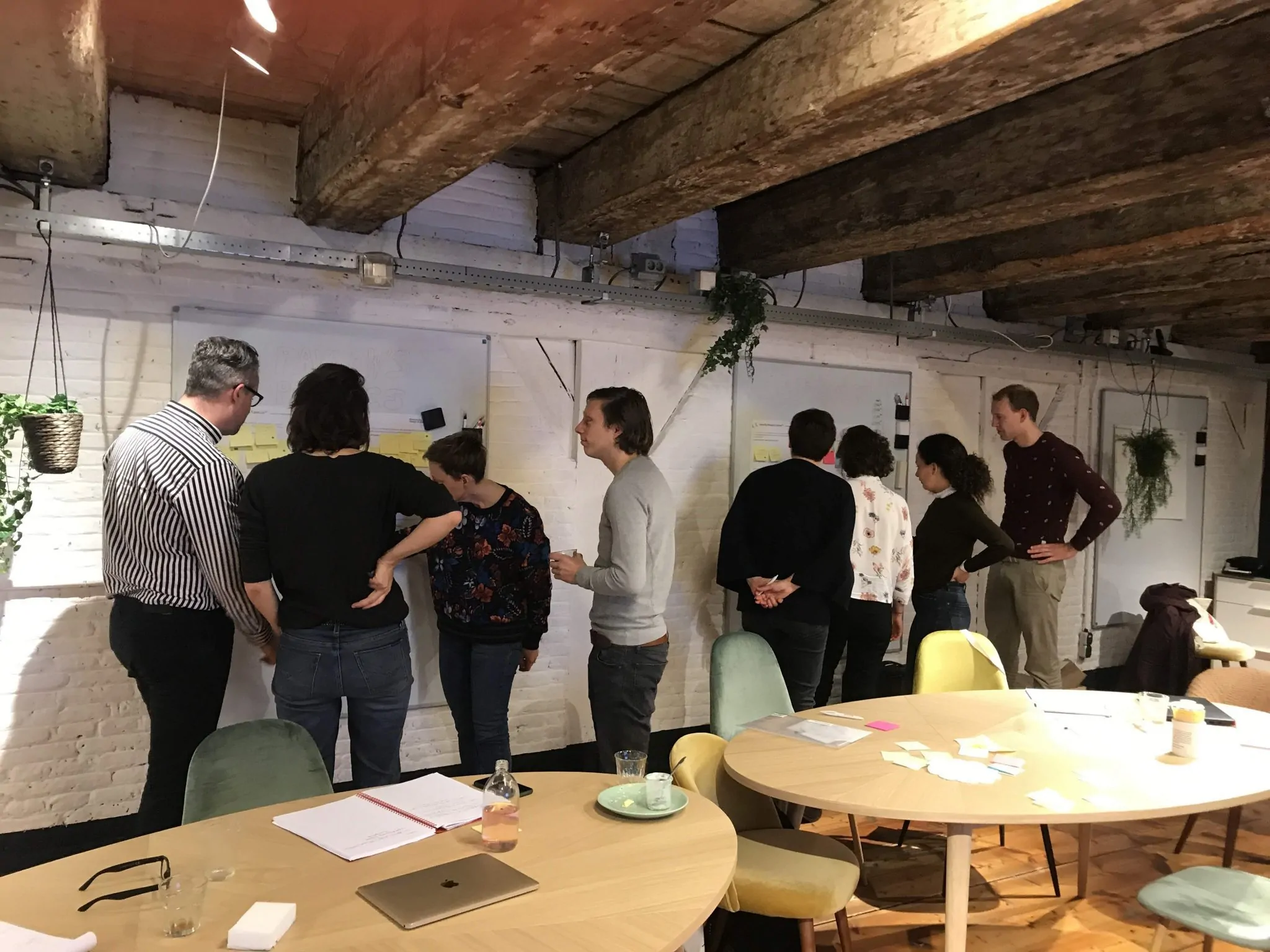
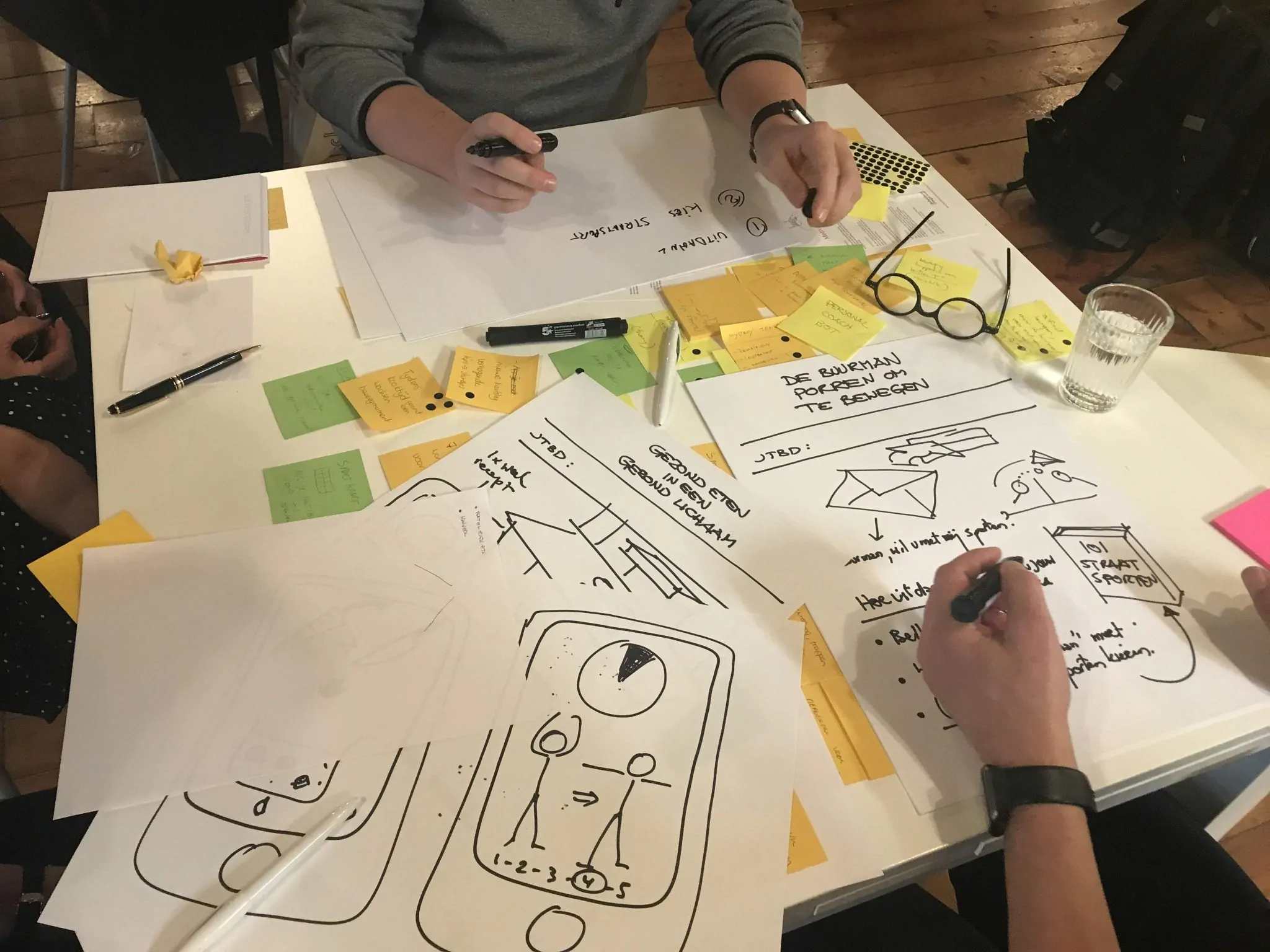


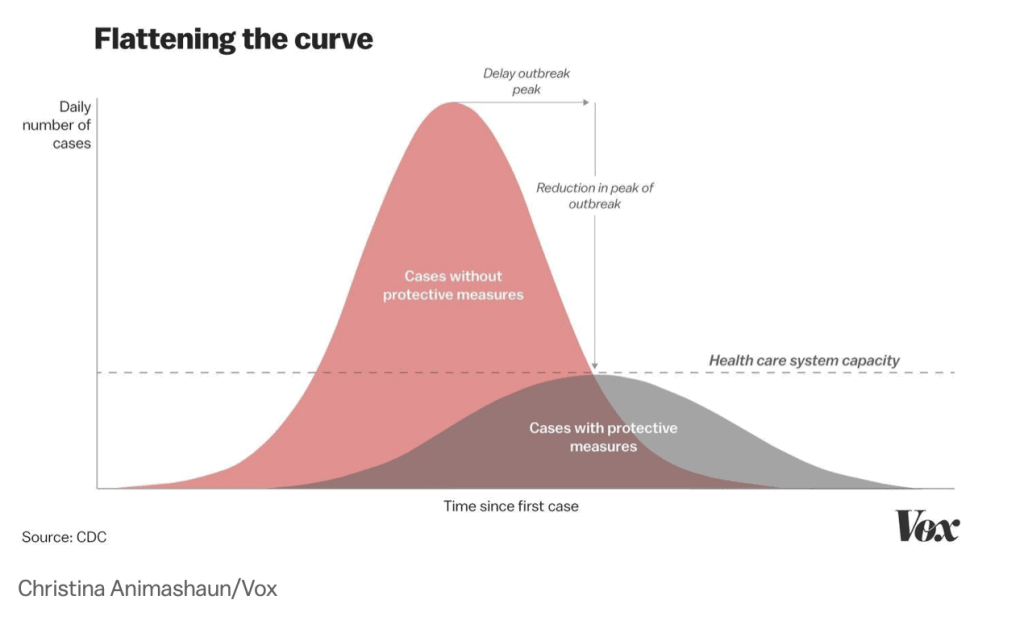


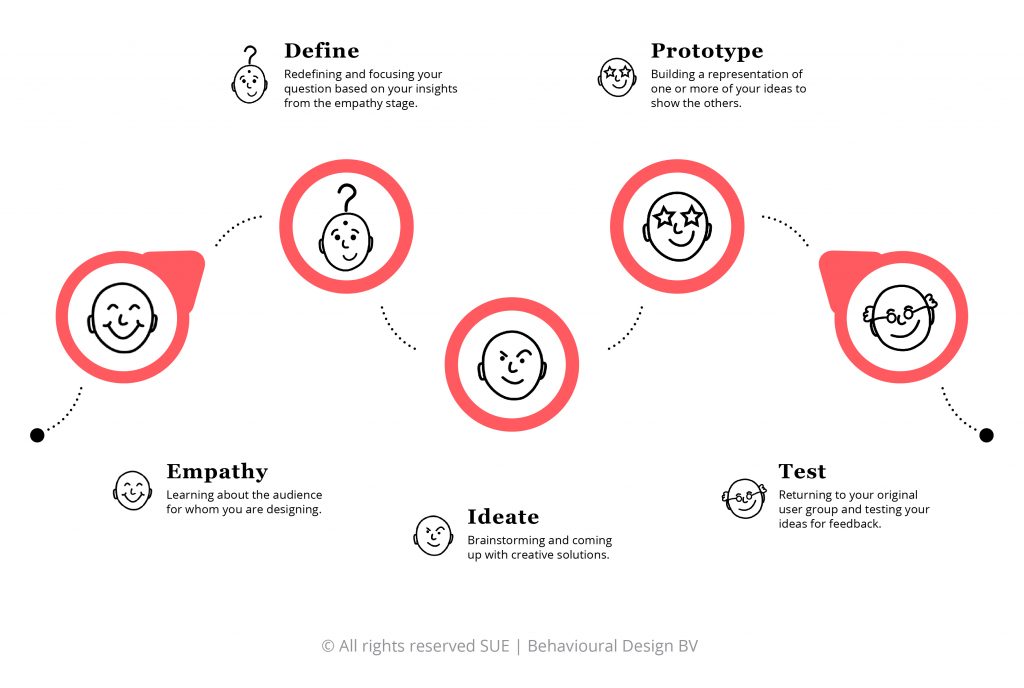
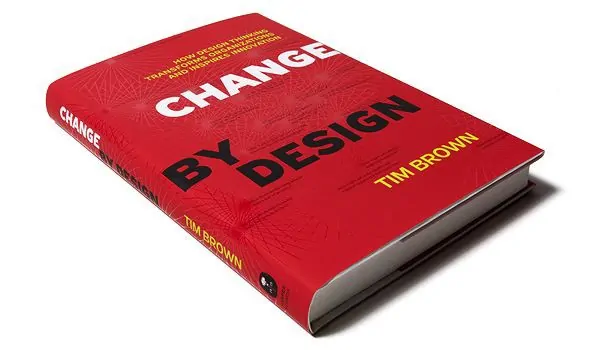

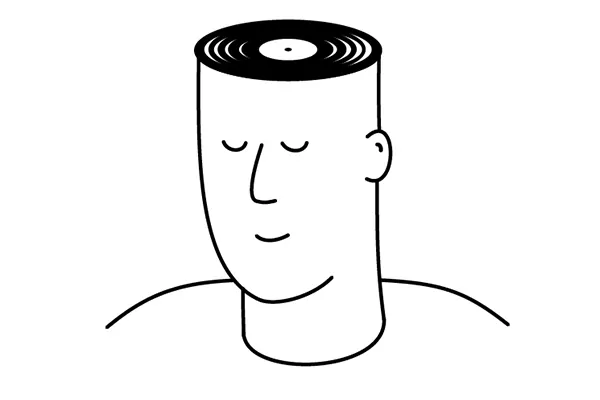
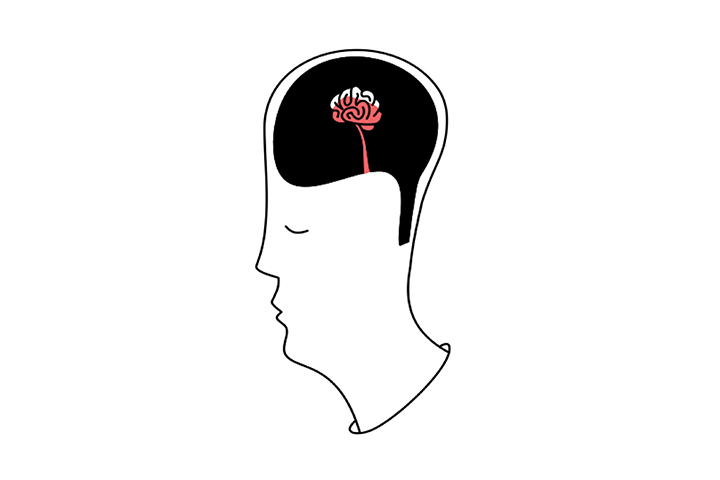
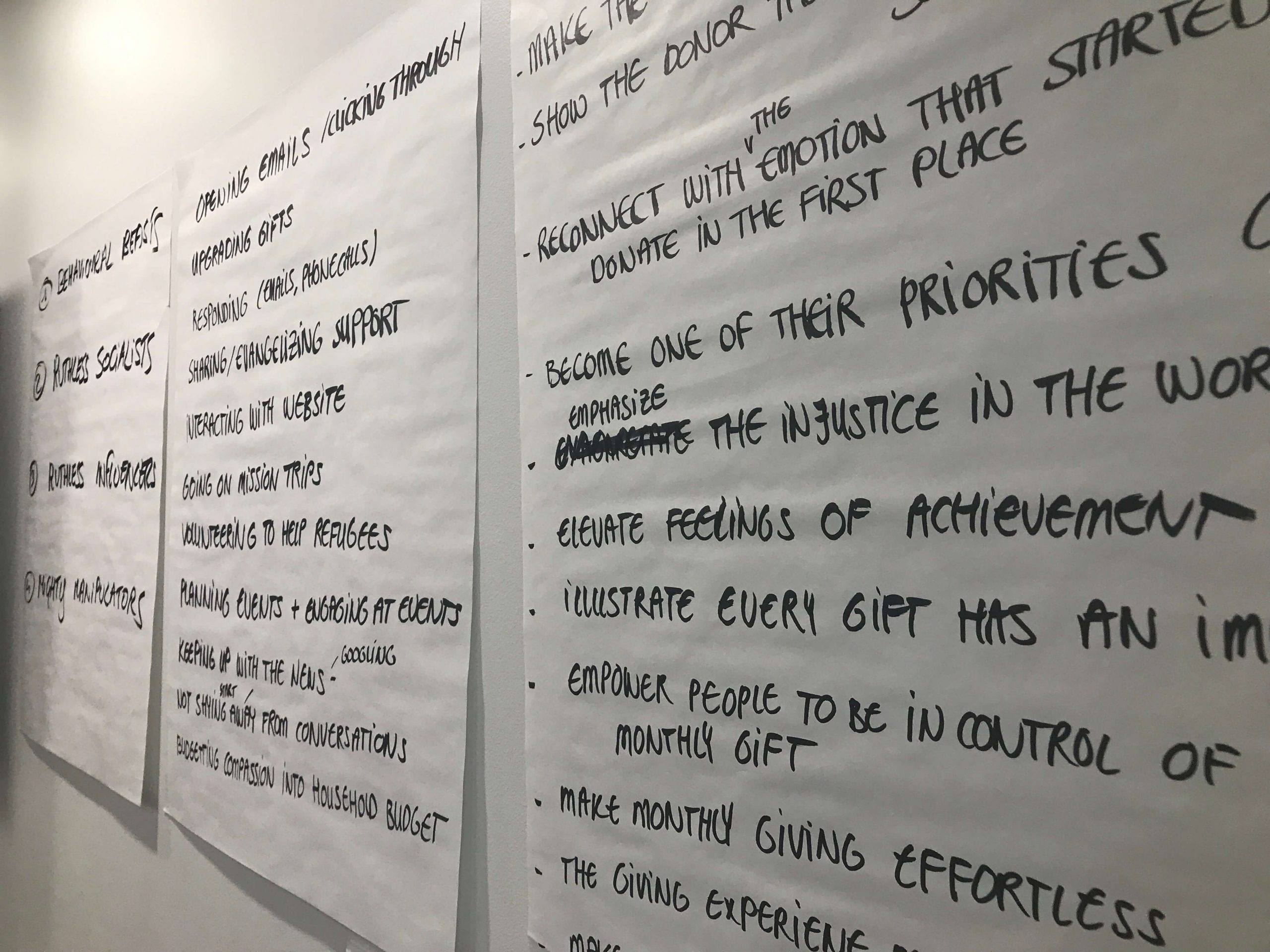
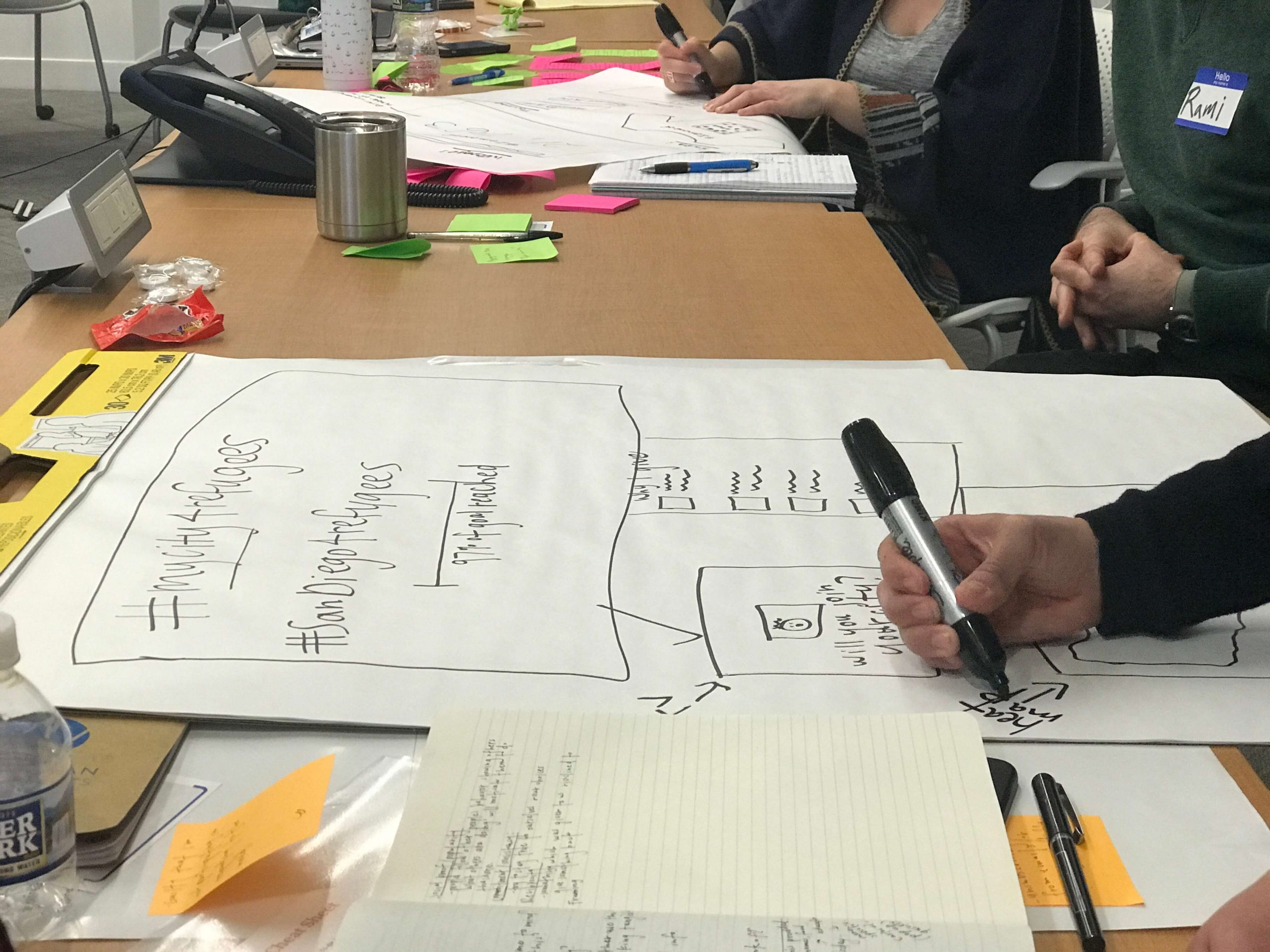
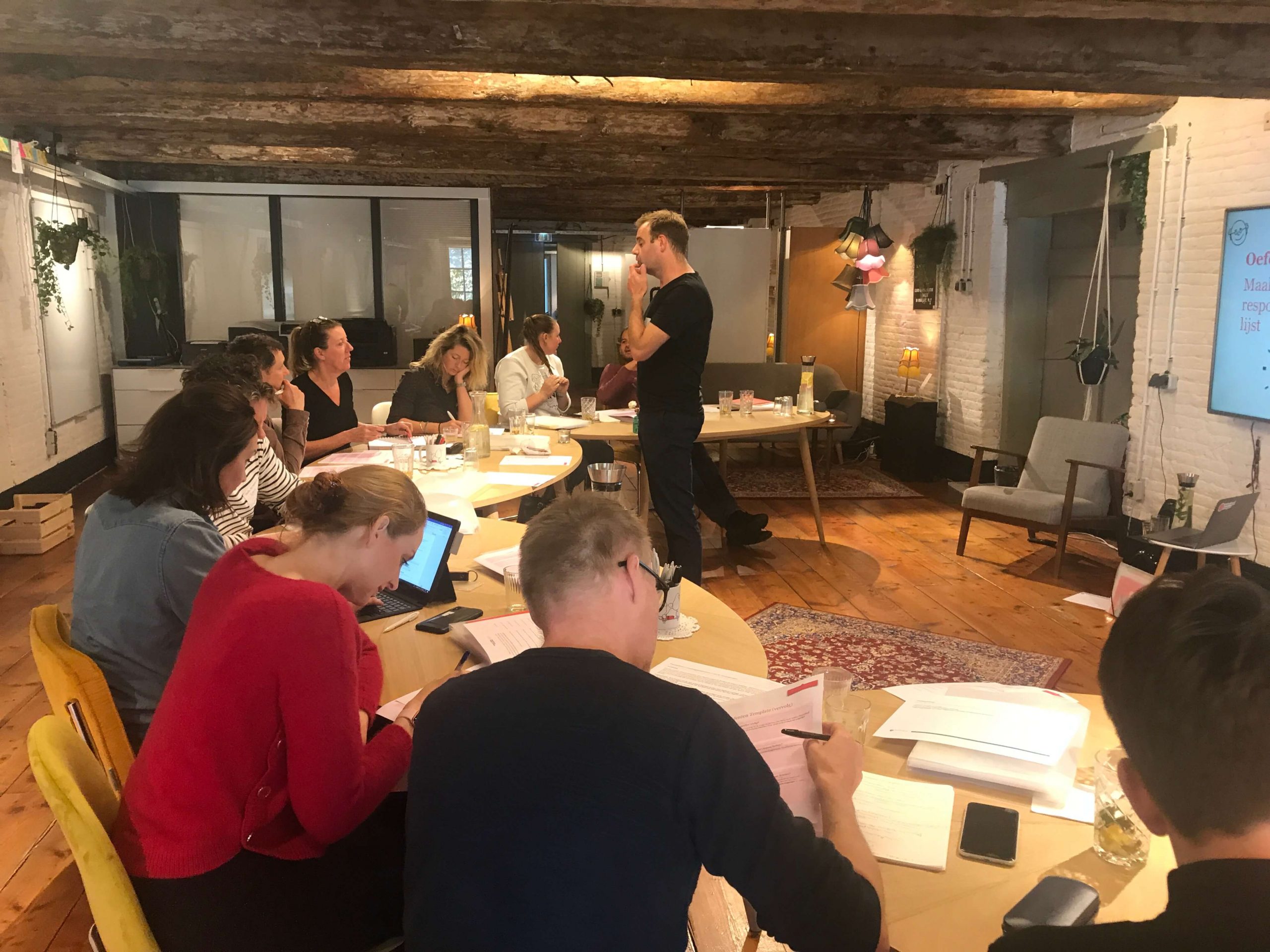
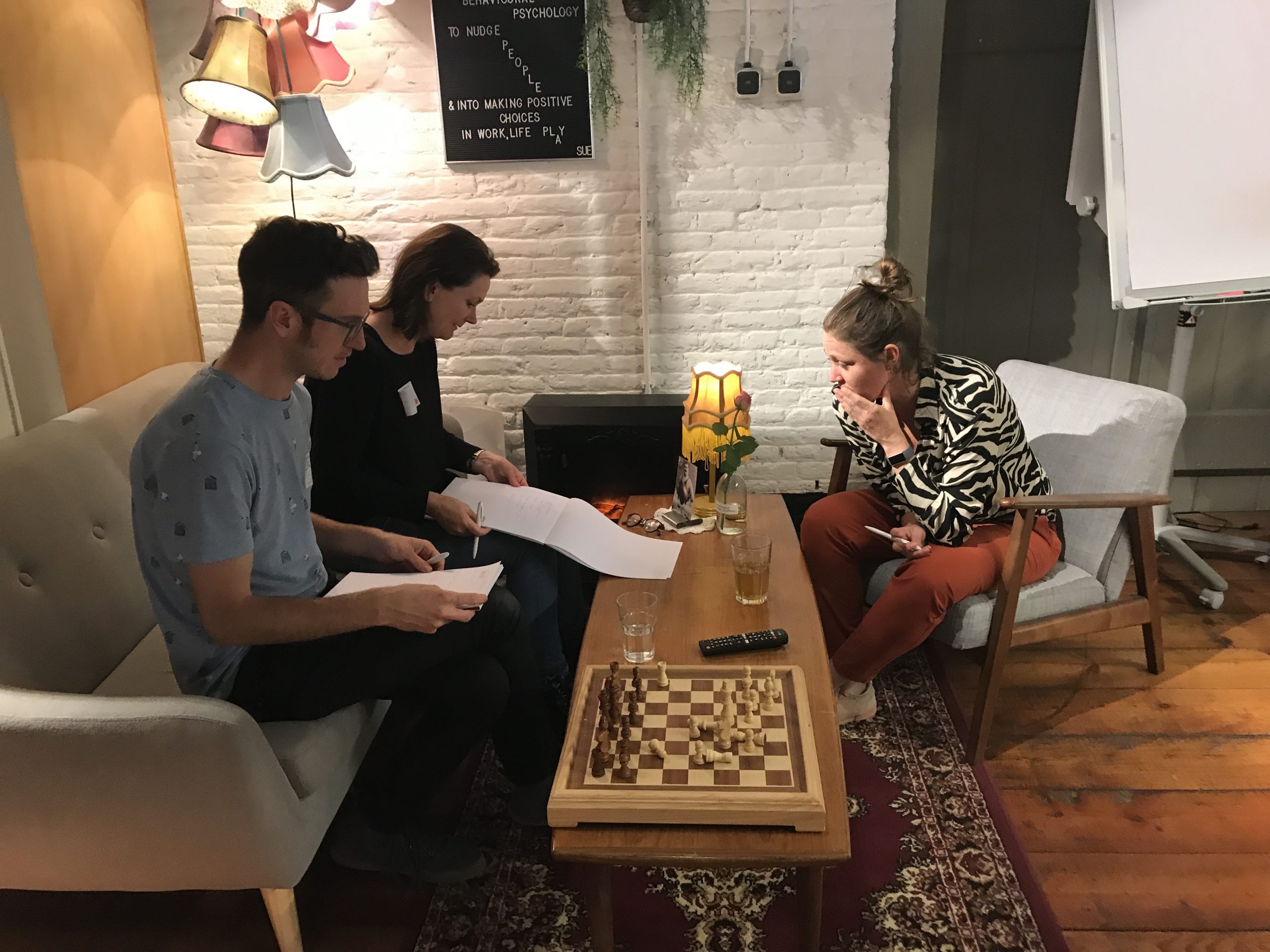
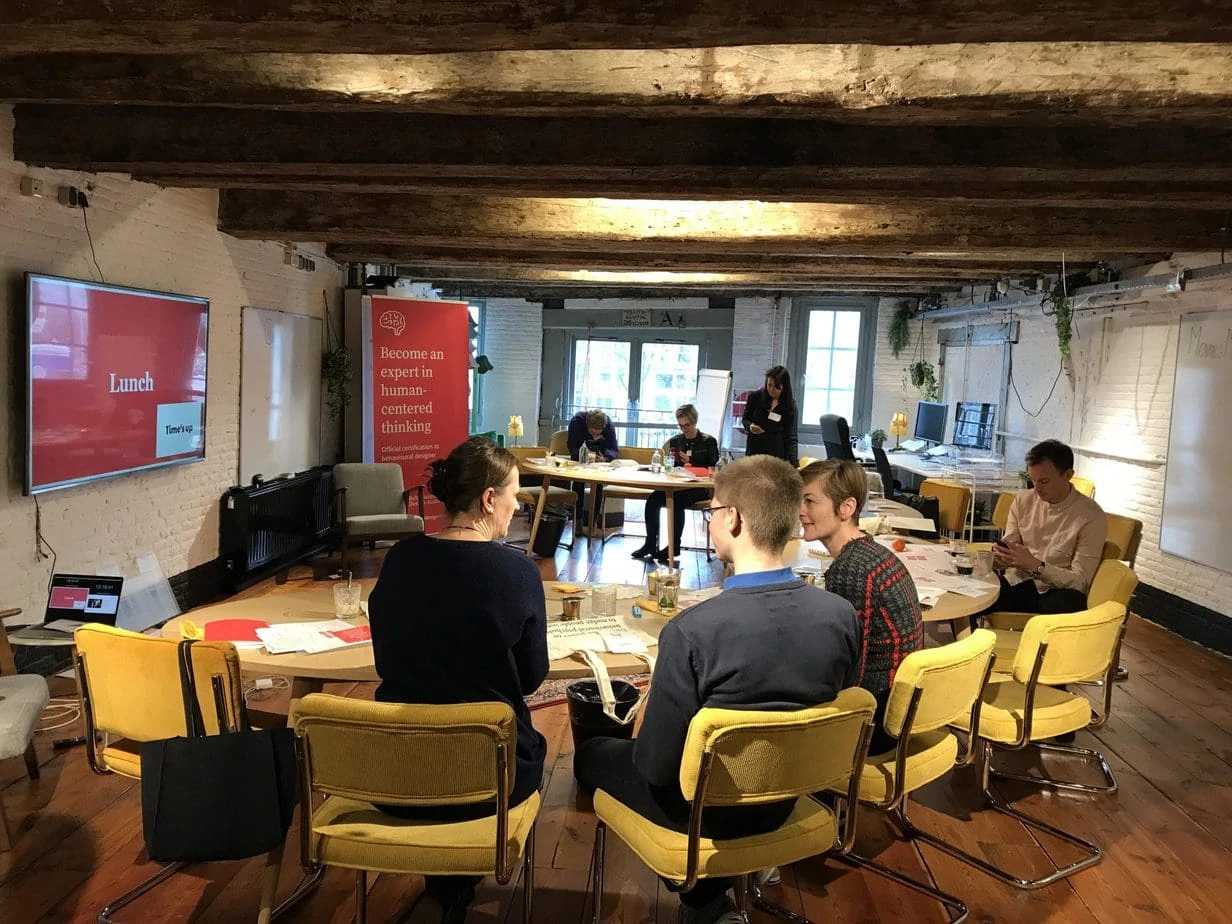
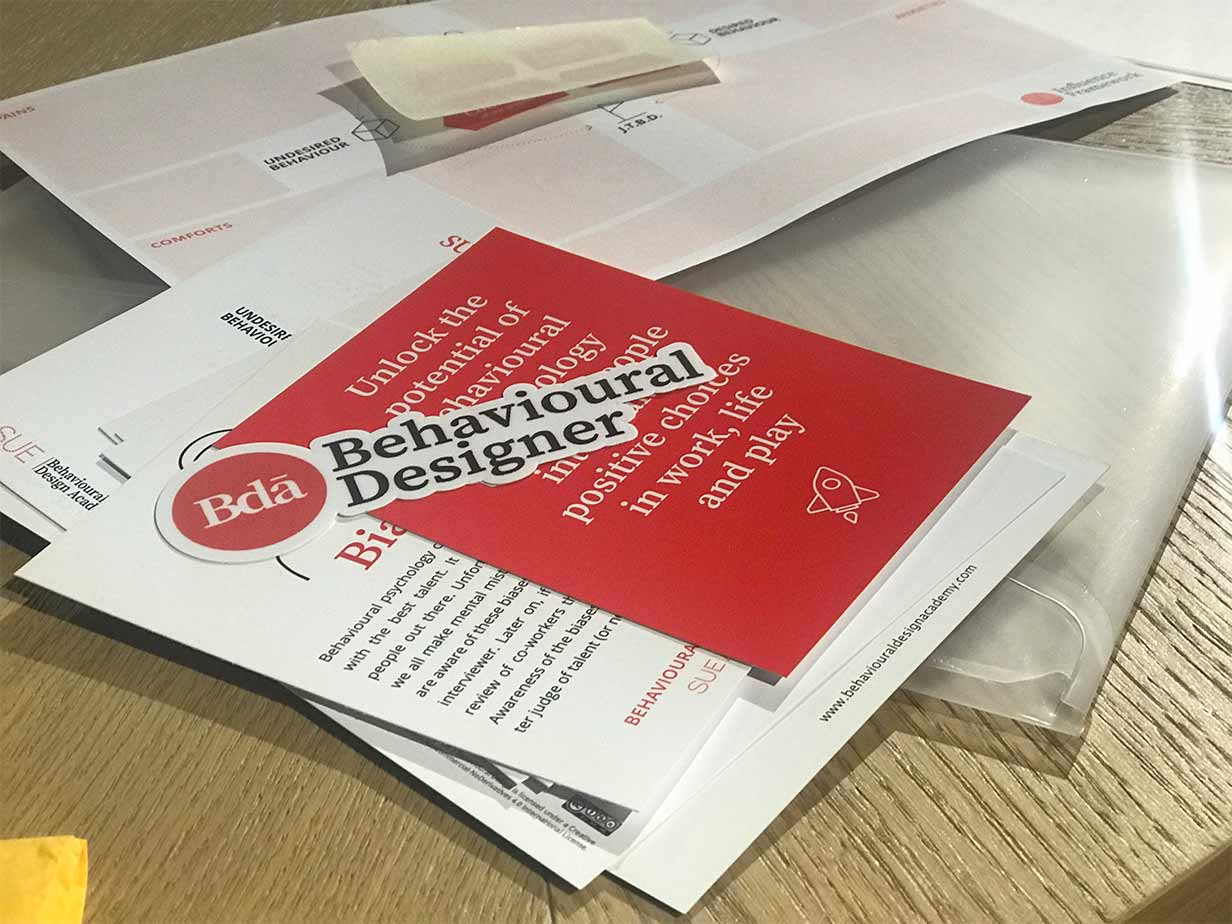
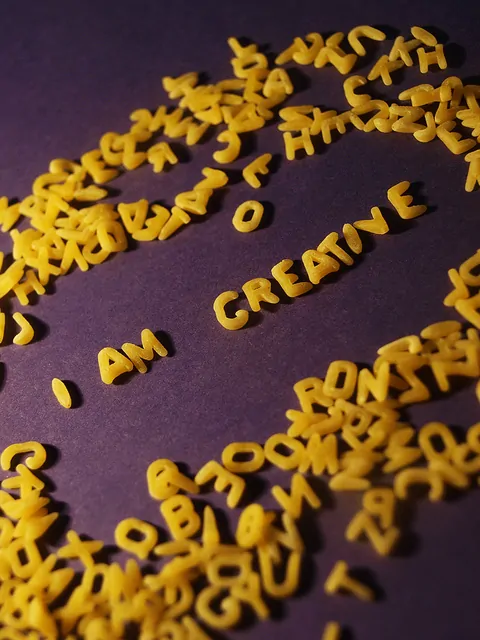
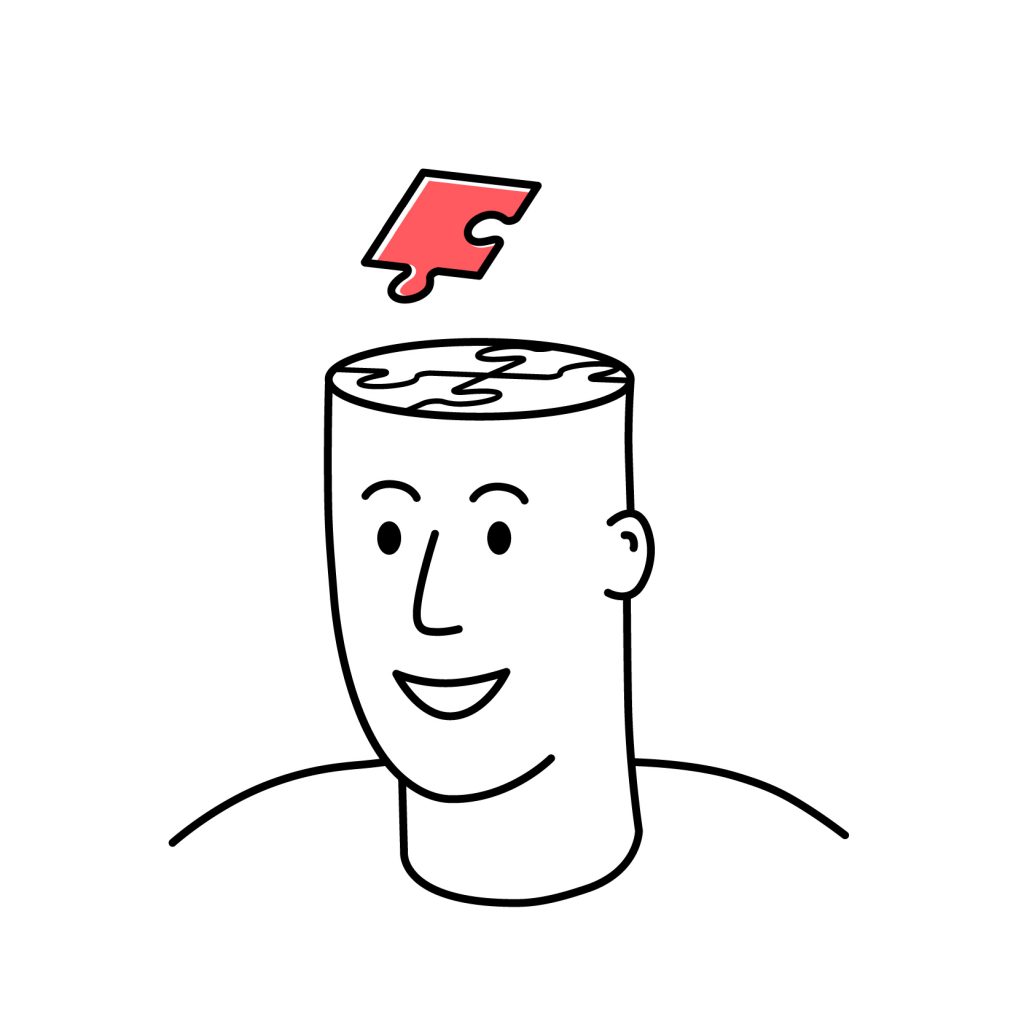
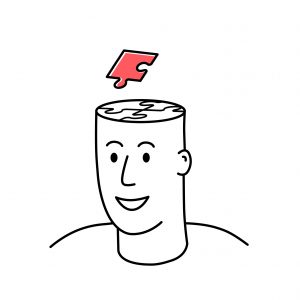 Behaviour change: It’s a framing game
Behaviour change: It’s a framing game